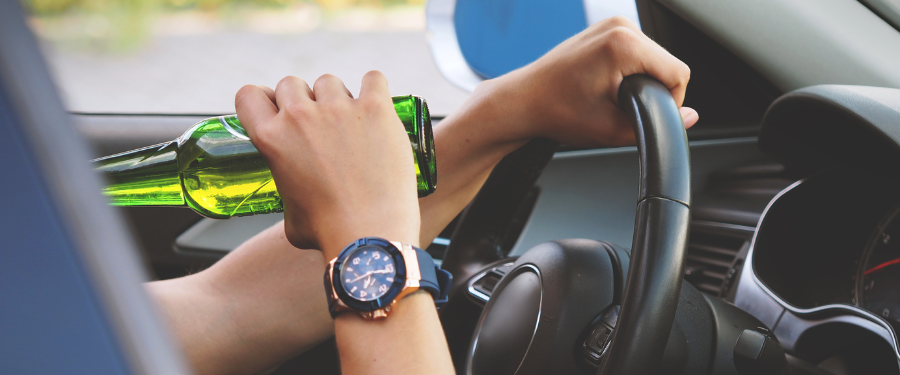Alcohol has a substantial effect on a person’s judgment, coordination, reaction time, concentration, and vision, each of which is equally important for operating a motor vehicle. The impairment that alcohol has on oneself may possibly impede their judgement, and can pose a significant threat to you, and others on the road.
A driver with a blood alcohol concentration (BAC) of 0.10 or greater is seven times more likely to be involved in a fatal motor vehicle crash than a driver who has not consumed alcoholic beverages, and a driver with an alcohol concentration of 0.15 or greater is about 25 times more likely.
Essentially, the more alcohol you consume, the more likely you are to have a car accident. The same applies to the likelihood of having any vehicle accident, fatal or otherwise.
Here are some facts:
Increased chances of having a road accident
A 72kg person drinking two 355ml worth of beers within an hour more than likely will have a BAC of 0.02 (depending on body type and size)- well below the legal limits of driving under the influence, but will still experience impairments in judgement, further increasing the likeliness of a road accident as opposed to a completely sober person.
One problem that comes with setting the legal limit to .05 is that it may send the false message that it is alright to drive after you have had a few drinks, just as long as you are not that drunk or at that stage of intoxication yet.
Impairment begins around 0.02% BAC
The problem lies in the fact that impairment begins long before you reach the 0.08 level. Scientific research shows explicitly that some of the skills that you need to drive safely begin to deteriorate even at the 0.02 blood-alcohol level.
Experiments have shown that drivers around the .02 BAC level have experienced a decline in visual functions. These impairments have been noted as a decrease in the ability to track a moving object, and the ability to perform two tasks at the same time.
No more than four standard drinks a day
If you had those first two beers that raised your BAC to 0.05 and now you drink two more beers, your likelihood of an accident goes up quite significantly. At 0.05 BAC, a driver is 10 times more likely than the non-drinking driver to be involved in a crash. As the amount of alcohol in the driver's system rises mathematically on the BAC scale, the likelihood of a traffic accident multiplies.
Now add two more beers to your total, you are up to having consumed a six-pack. The likelihood of having an accident is now 48 times higher than the abstainer and the driver has just now passed the 0.10 BAC level.
The Australian Guidelines recommend healthy adults should drink a maximum of 10 standard drinks a week, and no more than 4 standard drinks on any one day.
Enjoy responsibly
Play it smart during weekends and holidays, but whatever you do, don't get behind the wheel if you've been drinking.
Consider using a rideshare app, or even calling a taxi to get yourself and your loved ones home safe- not to mention that you may protect every else on the road. Even one person can make a difference.





